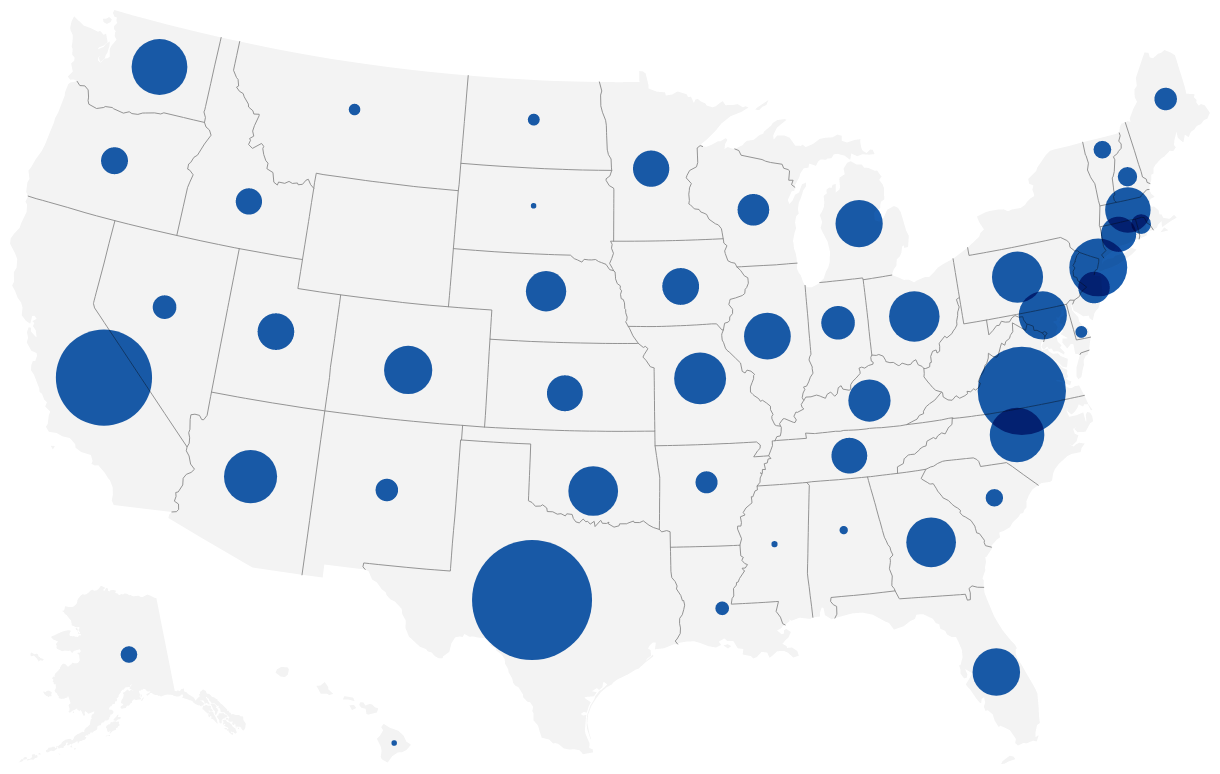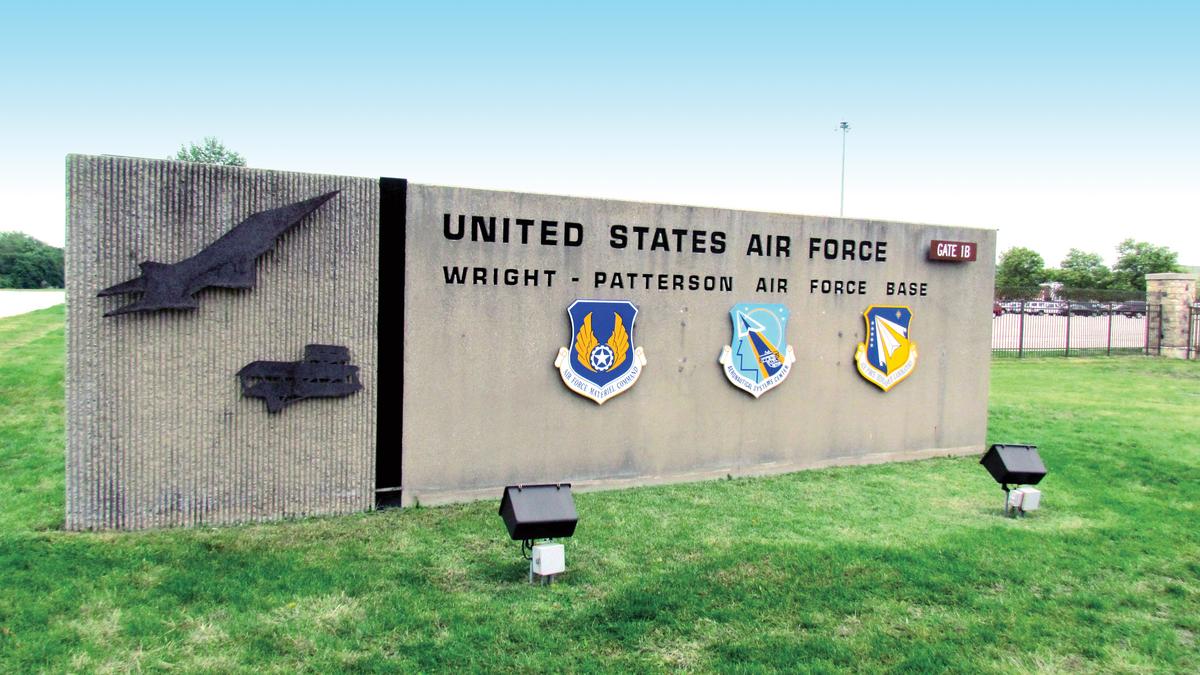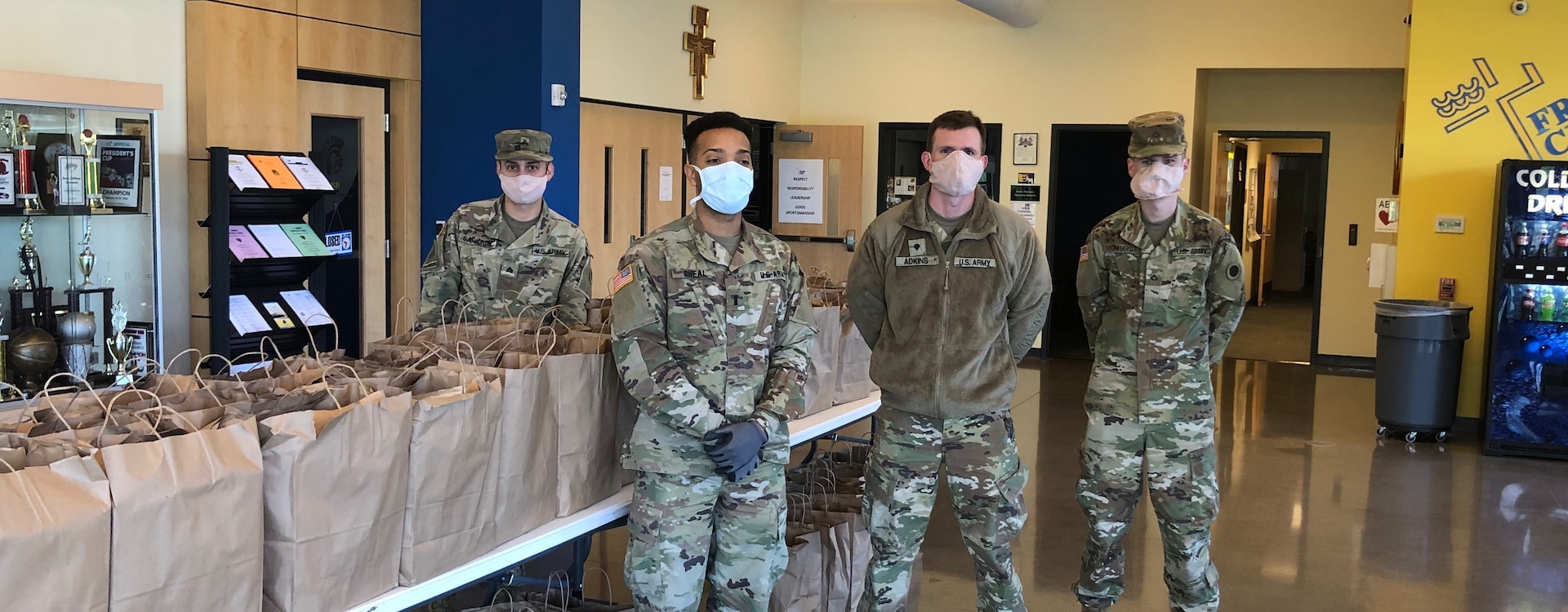Ohio Military Bases - 39°49'23"N 084°02'58"W / 39.82306°N 84.04944°W / 39.82306; Coordinates: 39.82306°N 84.04944°W / 39.82344049. Right (39.823444049. Right)
Wright-Patterson Air Force Base (WPAFB) (IATA: FFO, ICAO: KFFO, FAA LID: FFO) is a United States Air Force base located in Gray and Montgomery counties, Ohio, east of Dayton and designated by csus has been location .. It includes both Wright and Paterson airfields, originally Wilbur Wright, and the Fairfield Gerald Aircraft Supply Depot. Patterson Field is about 16 kilometers (10 mi) northeast of Dayton. Wright Field is about 5 miles (8.0 km) northeast of Dayton.
Ohio Military Bases

The host unit at Wright-Patterson Air Force Base is the 88th Air Force Base Wing (88 ABW), assigned to the Air Force Lifecycle Management Center and Air Force Materiel Command. 88 ABW operates aerodromes, maintains all infrastructure and provides security, communications, medical, legal, human resources, contracts, finance, transport, air traffic control, weather forecasting, public relations, entertainment and pastoral services to more than 60. forces.
U.s. Evaluates 4 Ohio Air Force, Guard Bases
The origins of the bases can be traced back to the establishment of Wilbur Wright Field on May 22, 1917, and McCook Field in November 1917. Both airfields were established by the Aviation Division of the United States Signal Corps as World War I facilities. McCook was used as a proving ground and for aerial testing. Wright was used as an airfield (beaten to Paterson Field in 1931). Fairfield General Aviation Supply Depot; armor school, temporary storage. McCook's operations were moved to Wright Field, which closed in October 1927.
In 1995, the base hosted negotiations to resolve the Bosnian war, resulting in the Dayton Accords that ended the war.
The Gray County portion of the base is a csus designated area (CDP) with a population of 1,821 in 2010.
The Ada Wright-Patterson Indian Prehistoric Culture is located along P Street and the Wright Brothers Memorial has mounds.
Ohio Military Bases
Ground plane operations, now part of Wright-Patterson Air Force Base, began in 1904-1905 when Wilbur and Orville Wright established 84 acres (340,000 m).
For experimental test flights on the Wright Flyer III. Their flying exhibition company and the Wright Aviation School returned to use the airfield from 1910 to 1916.
) (including Huffman Prairie Airfield) is located on the Mud River and is approximately 40 acres (160,000 m) leased to the military by the Miami Conservation District.
) was purchased by the Army from the District for the Fairfield Air Force Base and 254 acres (1.03 km)
Wpafb Announces Plan For Mandatory Vaccinations
) McCook Square complex north of downtown Dayton between Keowee Street and the Great Miami River. In 1918, Wilbur Wrightfield agreed to allow McCookfield to use the hangar and shop, as well as named mechanics, to assemble and maintain airplanes and cotton gins under the direction of Air Service Chief Mason Patrick.
After World War I, 347 German-made aircraft were brought to the United States, some of which are preserved in the Army Aviation Museum.
Filming stopped at Wilbur Light Field. After World War I, Wilbur Wright Field and Depot merged to form Fairfield Air Depot. The Patterson family formed the Dayton Airline Committee, Inc., which raised $425,000 in two days to purchase 4,520.47 acres (18.2937 km).
In 1924, the commission presented an act to President Calvin Coolidge for the construction of a new Aviation Technology Center. Tire area (including Fairfield Air Force Base) designated as Light Area.
Ohio Department Of Natural Resources Gets Outfitted With Bodycams
From 1925 to 1927, a new facility was built on a portion of Wright Field west of Huffman Dam to house all of the relocated McCook Field functions.
"World altitude record of 28,899 feet (unofficial) set by Major R.W. Schroeder (Bristol-300 Hispano) at Dayton, Ohio".
Major R. W. Schroeder and Lt. G. E. Elfrey set the "Official World Record for two-person altitude of 31,821 feet" at Dayton. On the Lepere plane with the Liberty loader 400 gin.

"Jump with a parachute to a distance of 24,206 feet by Captain A. V. Steve from the Martin bomber, which was piloted by Lt. L. Wade was driving in Dayton, Ohio.
Unit Cookie Call For The Ohio Army National Guard > Defense Logistics Agency > News Article View
"World's fuel-free and distance record set by Lt. J. A. McCready and O. G. Kelly (Fokker T2-Liberty 375) at Dayton, Ohio in 36:04:34. Distance: 2,516.55 miles."
"First flight of the Burling Bomber (6 Liberty 400 gin), the largest airplane ever built in the United States, at [Wilbur] Wright Field, Dayton, Ohio. Pilot, Lt. H. R. Harris."
"[Wilbur] The winners of the air race at Wright Field, Dayton, Ohio were: Liberty Gin Construction Trophy, Lt. D. G. Duke (DH4B-Liberty 400), 180-mile course at 130.34 mph; John L. Mitchell Trophy , Lt C Betis (Curtis PW8—D12HC Curtis 460) 175.41 mph over 200 km Pulitzer Trophy race, Lt HH Mills (Burville Sperry—D12AHC Curtis 520) over 200 km course 216.55 mph.
"Wright Field, Dayton, Ohio was officially dedicated and the Materiel Division moved from McCook Field to a new location. The John L. Mitchell Trophy race was won by Lt. I. A. Speed: 158.968 mph."
Are There Crashed Ufos & Dead Alien Bodies In So Called 'hangar 18' Of Ohio Military Base?
A lightweight field test "charger designed to provide pressure at 30,000 feet above sea level." and a liquid oxygen breathing system.
Wright Airfield was "officially opened" on October 12, 1927, and "the supply department moved from McCook Airfield to its new location."
At the time of its dedication, after 18 months of work, about $5 million was spent on the new facility, and the total cost is expected to be between $7 and $8 million.

Ceremonies race John L. Mitchell (Winner by Lt. I. A. Woodring of the 1st Pursuit Group - Speed: 158.968 mph).
Corps Completes Another Military Construction Project For Joint Base Lewis Mcchord > Northwestern Division > Northwestern Division News Stories
On July 1, 1931, sections of Wright Field east of Huffman Dam (now Wright-Patterson Air Force Base Fields A and C, which includes Fairfield Air Force Base and Huffman Prairie Field) honor Lt. Frank Stuart Patterson. Lieutenant Patterson is the son of Frank J. Patterson, co-founded the National Cash Register.
Shortly before World War I, 2nd Lt. Patterson and 2nd Lt. Leroy Swann of No. 137 Squadron were killed in the crash of a de Havilland DH.4 at Wright Field. A new machine gun is synchronized by the propeller.
World War II Army airfields in the area increased employment from about 3,700 in December 1939 to more than 50,000 at the height of the war.
) facilities with approximately 300 buildings and the first modern paved runway of the flight park. The original part of the site was filled with offices, laboratory buildings and test facilities. The Hilltop area was acquired from private landowners in 1943-1944 to provide housing and military services.
M Plan To Support Ohio Military Bases Survives State Budget
The portion of Patterson Field from Huffman Dam to the Brick Quarter south of Patterson Field on Route 4 (including Command Headquarters at Building 10262) was administratively designated from Patterson Field to Wright Field. To avoid confusion between the two areas of Wright Field, we have referred to the south side of the old Patterson Field as "Field A," the original Wright Field as "Field B," and the north side of Patterson Field, inter alia. aerodrome, as "Field A". Zone C".
In February 1940, the Army Air Corps established a Technical Data Division (Technical Data Section July 1941, Technical Data Laboratory 1942) at Wright Field. Following the establishment of the Airlift Command on 29 May 1941, a command post was opened at Patterson Field on 21 June.
The Air Engineer Command's Test Flight Training Unit was established at Wright Field on 9 September 1944 (moved to Paterson Field in 1946 and moved to Edwards Air Force Base on 4 February 1951).

The two sparsely populated and serviced areas of Wood City and Skyway Park along US Route 444 were geographically distant from downtown Paterson Field and positioned themselves as self-sufficient communities. (Wood City was acquired in 1924 as part of the first land donation to the government, but was used primarily as a radio station until World War II. Skyway Park was acquired in 1943. They were single women living in two the farm was trained and recruited by them. thousands to work in the private sector, especially in warehouses. Skyway Park was destroyed after the war. Wood City was finally transformed
History Of The National Museum Of The U.s. Air Force > National Museum Of The United States Air Force™ > Display
Field Collection Training was assigned to Light Field for training in the technical aspects of "crash" intelligence (RAF Company Commander Corrie determined how to obtain information from equipment markings and company markings).
The first German-Japanese aircraft arrived in 1943, and captured equipment soon filled six buildings, a large outdoor storage area, and part of the Flight Line's hangar for technical data laboratory research (TDL closed the Army Aviation Museum). During World War II operations, 86 German aircraft, including Messerschmitt 262 fighters, were returned to Wright Field for training. Meanwhile, the post-war operations of Kogazi involved German scientists and engineers such as Ernst R.G. Eckert was sent to Lightfield, presumably to work in various Lightfield laboratories. )
Project Grudge (Project Grudge, 1949; Project Blue Book, March 1952) was a WPAFB T-2 intelligence investigation into the UFO Report that began in July 1947.
In 1951, the Aviation Technical Information Center (ATIC) began the analysis.
Military Commissaries Are Latest Battleground In Fight For Shelf Space
Military drone range, laser range finder military, military range bags, military range targets, long range military radio, military radio range, military range finder, military long range binoculars, range rover military discount, military range rover, range of military drones, military range bag


0 Comments